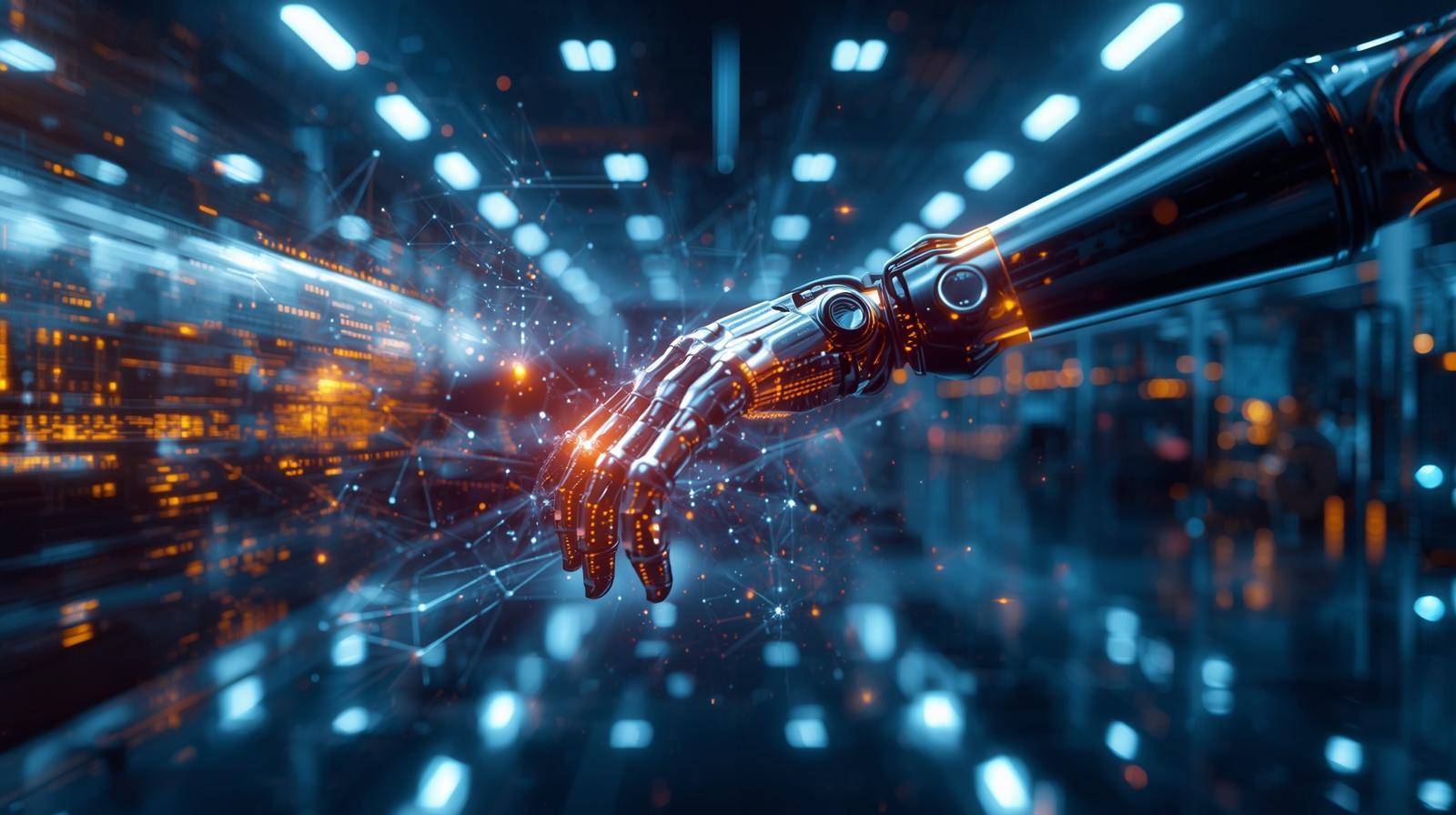
Over the last decade, we’ve transitioned into a new age of smart machines. The first machine age started with steam engines, developed with electricity, and got turbo-charged with computers and the internet.
Then came the tipping point. Artificial intelligence that could seemingly learn and grow exponentially, fueling a new wave of innovation and smart robotics. Starting with self-driving cars. And computers that could write their own programs. It wasn’t perfect, but it was just the beginning of the age of truly smart machines.
And that’s when the awful truth dawned on us. You can’t just bolt on AI to existing methods and processes and expect to get exponential returns. If you want the second machine age to really work in your favour, you’ve got to go back to first principles, and redesign your business model, reinvent your entire industry even.
Some founders, like Elon Musk, had the genius smarts to understand this long before the rest of us. When Tesla first began to make their new models in China, it wasn’t an improvement, it was a revolution. Building a car in 2.5 hours – 95% by robots – with a capacity of 1,000 cars per day was something legacy automakers just couldn’t get their heads around. The radical innovation lay in the factory, not the car.
That was seven years ago. Now we’re getting used to the fact that robots are building the factories to make more robots. Machines making machines to make smarter machines. The second machine age has come of age.
But it’s based on first principles.
Warning: Hazardous thinking at work
Despite appearances to the contrary, Futureworld cannot and does not predict the future. Our Mindbullets scenarios are fictitious and designed purely to explore possible futures, challenge and stimulate strategic thinking. Use these at your own risk. Any reference to actual people, entities or events is entirely allegorical. Copyright Futureworld International Limited. Reproduction or distribution permitted only with recognition of Copyright and the inclusion of this disclaimer.
